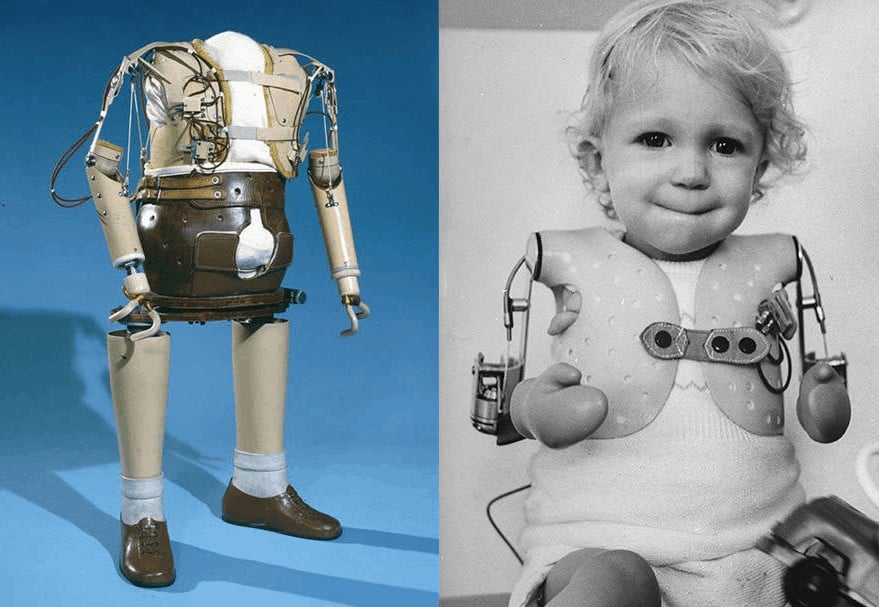For most parents, the idea that their child being born with a crippling deformity or health condition is terrifying. In the 1950’s and 60’s, parents were forced to live their worst nightmares when a drug called Thalidomide caused the deaths and mutations of thousands of children.
In the past, there were plenty of things that pregnant women did that we know now are totally wrong, like smoking and drinking. However, there was one incident that sticks out in history as being particularly horrifying, because this was a drug that was marketing towards pregnant women. This incident changed the pharmaceutical industry forever, and it served as a warning for the future.

Thalidomide Wreaks Havoc on the General Public
A German company called Chemie Grünenthal brought Thalidomide to the pharmacy counters in 1957. The over-the-counter pill brand was called “Distavel”. Samples of the drug were given out to employees at Grünenthal to take home with them. That same year, an employee’s daughter was born without ears. This was the very first known case of the drug causing a mutation, so they did not know to make the connection.From there, the pill moved on to other countries across Europe, Canada, and even Japan.
At one point, the drug was selling just as well as aspirin, because because everyone swore by its ability to help calm down feelings of anxiety, and it cured insomnia. They realized that it helped pregnant women stop having morning sickness, so they decided to market the drug to pregnant women. Distavel promised that it was safe, and would help expecting mothers get a good night’s sleep, which would in turn help their growing babies. They even went as far as to show an image of a toddler, saying, ‘This child’s life may depend on the safety of Distavel.”

There is no way to tell just how many babies were miscarried due to their mothers taking the drug. This would have happened so early in the fetus’ development, so there is no way of knowing if it was some other health complication, or the drug. Many children were stillborn, because their bodies had developed without all of their vital organs. Over 10,000 babies in Germany were born with missing limbs, organs, or fingers. The true tragedy of the Thalidomide case is that it ruined so many lives beyond just the physical handicaps.
One mother in Belgium named Suzanne Vandeput was so horrified to see how grossly deformed her newborn daughter Corinne was, she knew that the child would never be able to live a normal life. She and the doctor both decided to give the infant a “mercy killing”, by giving her a lethal injection. In 1962, Suzanne Vandeput went to court for murdering her daughter. She was acquitted of all charges. Many parents who were equally as horrified to see their child as Mrs. Vandeput chose to give their children up for adoption, because they could not handle the responsibility of raising someone with special needs.
Others did not give up custody of their kids, but they still put their children in centers where they would have around-the-clock care. The crisis was so serious, that doctors around the world tried to create prosthetic devices to help the victims live more normal lives. When these children grew up, they created organizations in various countries began to pop up to help the victims meet one another and cope with what happened to them- namely The Thalidomide Victims Association and the Thalidomide Society.

